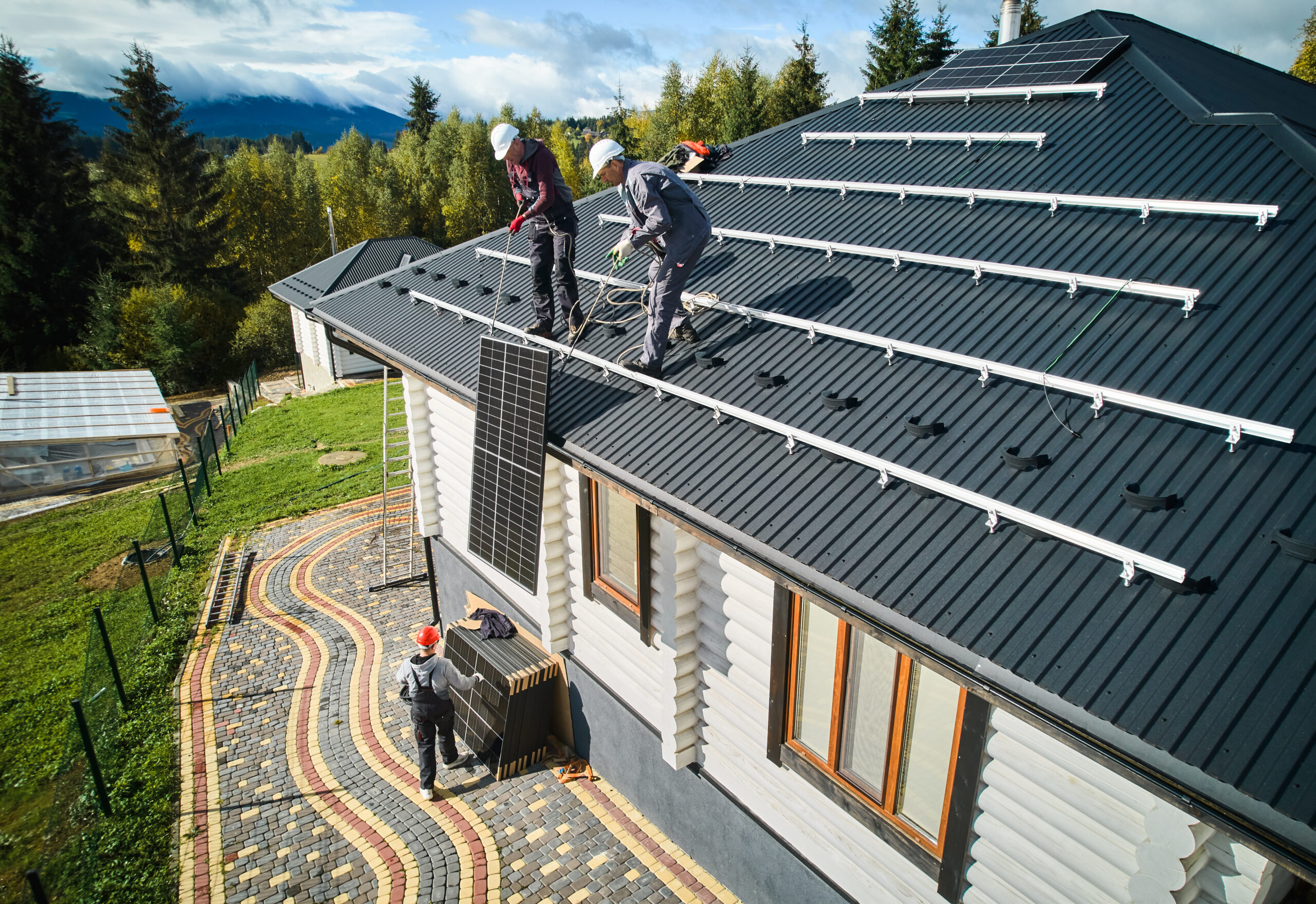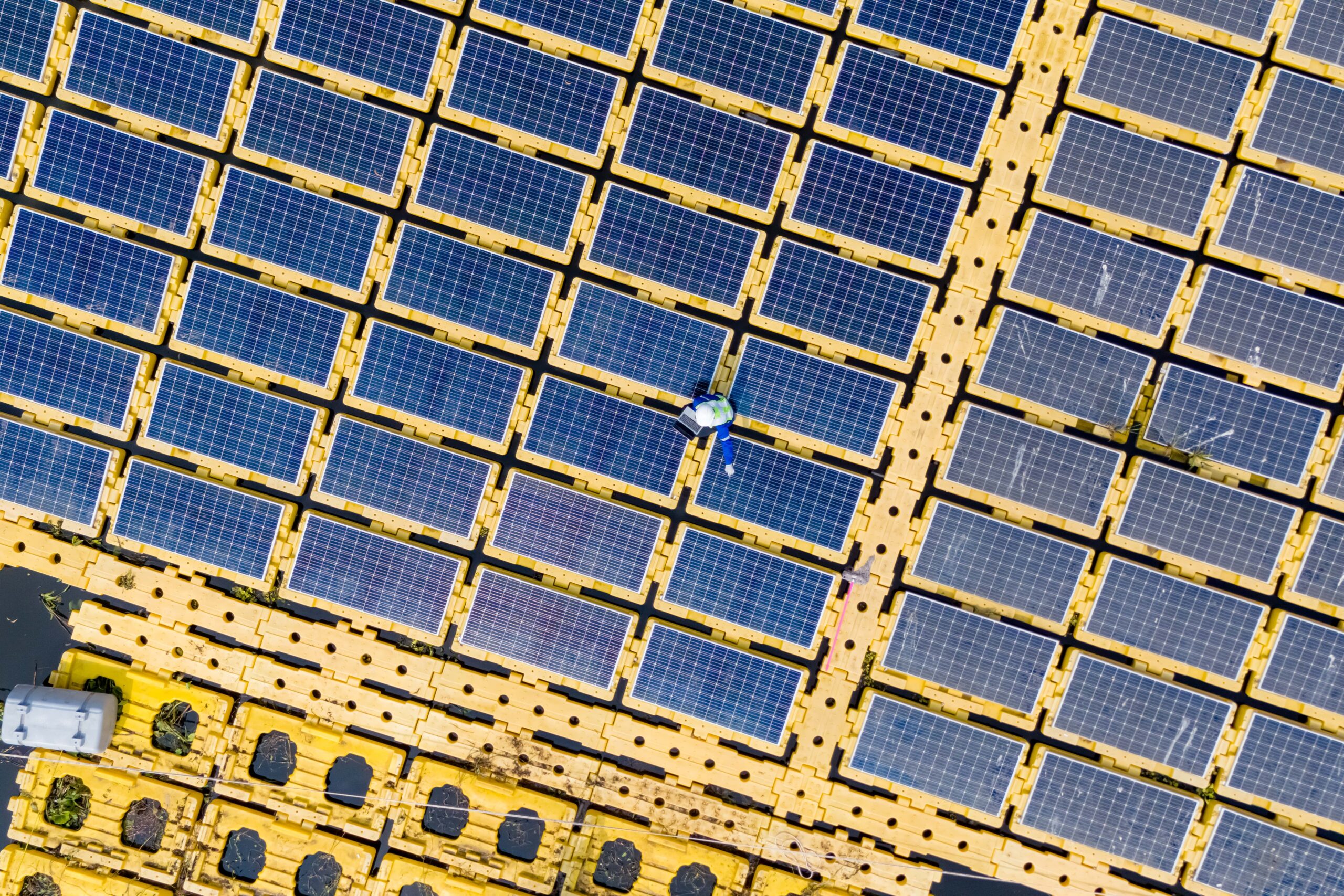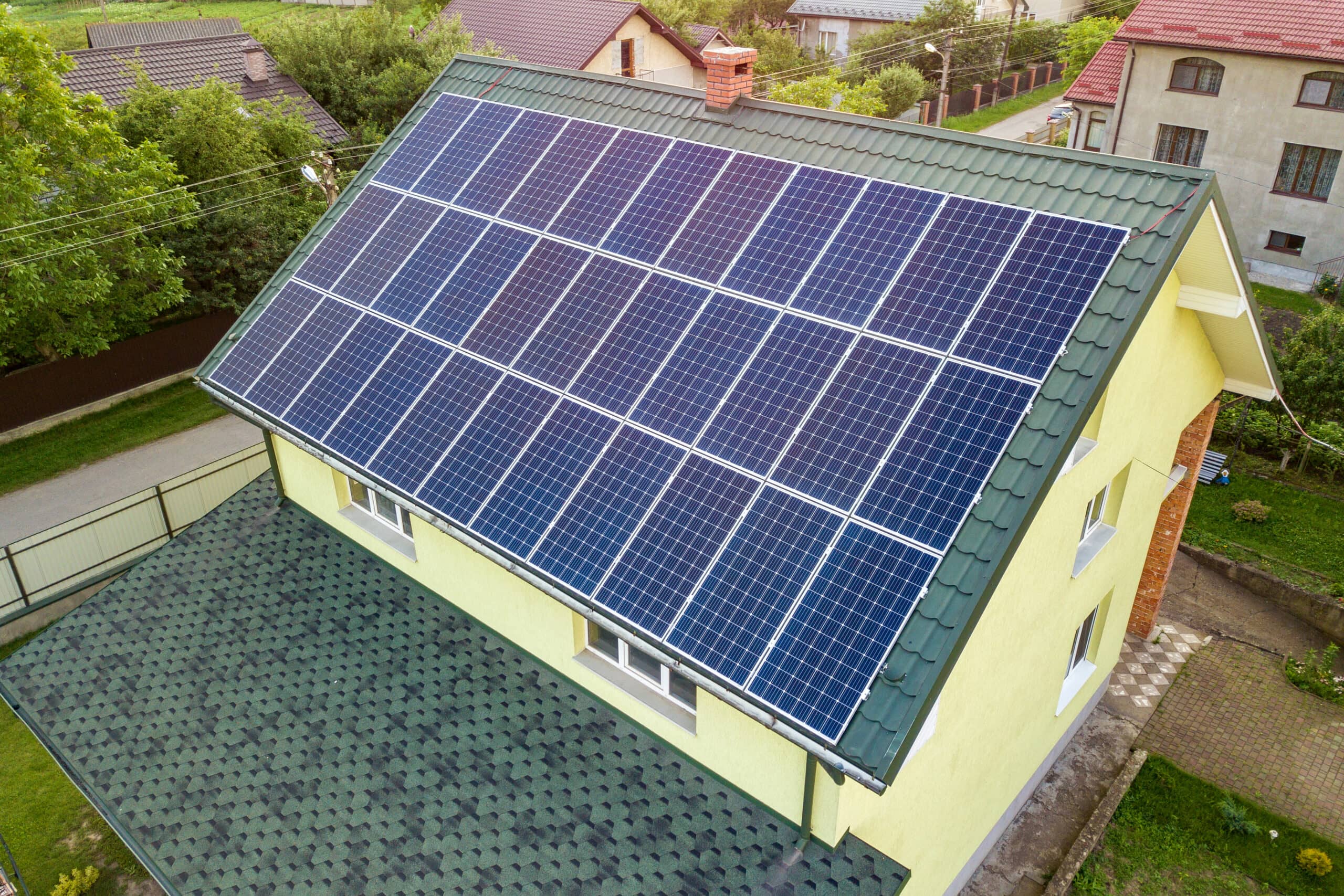As the world grapples with the pressing need to transition to sustainable energy sources, Canada has emerged as a shining example of the beneficial usage of solar electricity. Canada, famed for its breathtaking scenery and dedication to environmental protection, has adopted solar energy as a critical component of its clean energy portfolio.
This article will explore the various aspects of solar power in Canada, including its benefits, applications, and advancements toward a more environmentally friendly and sustainable future. Canada is currently ranked as one of the top emerging countries in the world for installing solar power systems, scoring as one of the best countries in providing affordable installation costs for its citizens.
WHAT SIZE IS RIGHT FOR YOUR SYSTEM?
One of the initial considerations is the size of your solar panel system. You may also be wondering if you can completely offset your electricity consumption. The solution to these questions is to calculate your annual energy consumption.
Your monthly electricity bill will display your usage in kilowatt-hours (kWh). You can calculate your annual energy usage by adding the amounts indicated for 12 consecutive months. Doubling the energy requirements for one month will only work if each month does not have unique energy needs.
After calculating your energy usage, you can determine the size of your solar system using the following equation: The required system size is calculated by dividing the yearly energy demand (in kWh) by the average number of total sunshine hours, which varies across different provinces in Canada. For example, British Columbia has 2200 hours, Ontario has 1638 hours, Quebec has 2405 hours, and Manitoba has 2300 hours.
WHERE IS THE BEST PLACE FOR YOUR SYSTEM?
Canadian residents often install solar panels on their roofs, while rural homeowners opt for the roof of their house, a store, or a ground mount system in their yard. While south-facing panels are generally the optimal orientation for solar panels, this may only sometimes be feasible or realistic.
Position the solar panels facing south, southeast, or southwest to maximize solar energy output. We have listed the pros and cons of whichever installation method you choose for your solar panels.
For Roof Installation:
- The slope the panels are positioned on make a big difference.
- Solar panels generally have a 25-year performance warranty.
- Rooftop solar installation not only helps save costs but also takes advantage of the fact that your home or building already has a roof. This starkly contrasts ground-mounted solar setups, where you’d have to incur additional expenses to build the necessary infrastructure.
For Ground Installation:
- It’s pretty expensive upfront due to piling requirements, mounting of materials, and power line trenching.
- It’s easily placed to avoid shading.
- Solar systems can be much larger than roof-mounted ones.
HOW MUCH WILL INSTALLATION COST?
To calculate the cost of your installation, you will need to calculate the size, shape and position of your roof which determine the installation cost of your solar panel system.
ENERGY INCENTIVES
The push towards sustainable energy in Canada has led to a robust set of incentives for adopting solar power, making it highly advisable for residents to consider investing in solar solutions. Canada offers various financial incentives, including government rebates and tax credits. They are aimed at making solar power accessible to almost all homeowners.
They are aimed at reducing the upfront costs of installing solar panels. Additionally, Canada boasts an abundance of sunlight, making solar energy an efficient and reliable source. Embracing solar power aligns with the region’s commitment to environmental stewardship. It allows homeowners and businesses to significantly reduce their dependence on conventional energy sources, leading to long-term cost savings.
Beyond the financial benefits, adopting solar power reduces greenhouse gas emissions, fostering a cleaner and more sustainable future for the country and the planet. It’s the perfect moment for individuals and businesses to seize the opportunity, tap into the sun’s power, and contribute to a more sustainable tomorrow in Canada.






